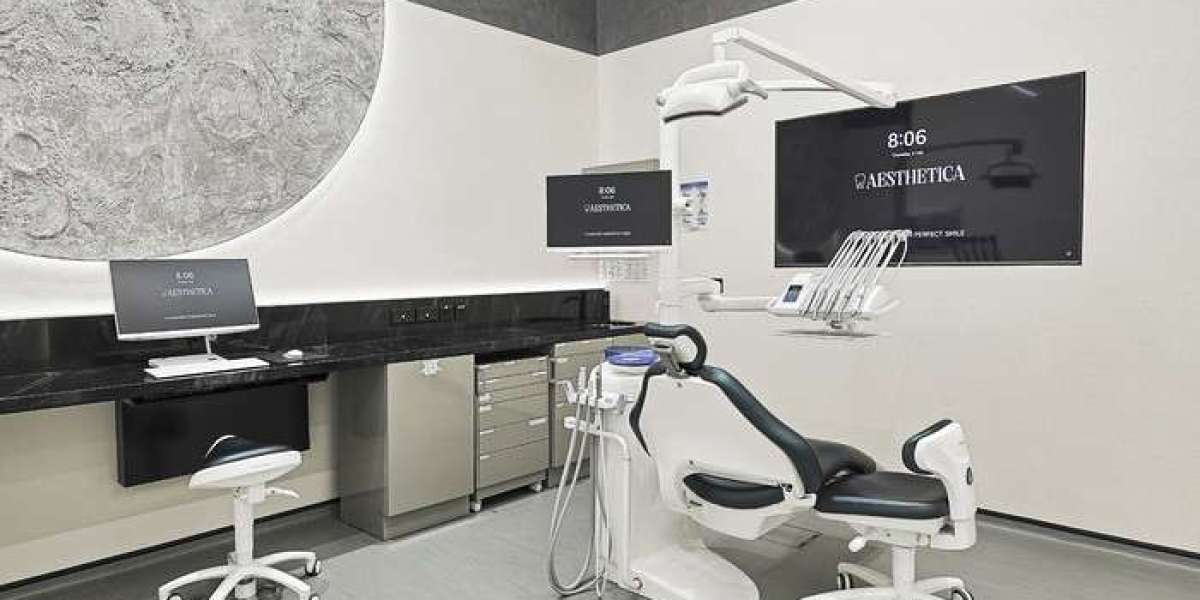In an age where technology permeates nearly every aspect of our daily lives, traditional paper maps and static signage are rapidly being replaced by interactive wayfinding kiosks. These innovative digital tools are revolutionizing how people navigate through complex environments such as airports, shopping malls, hospitals, and large corporate campuses. With their intuitive interfaces and real-time information, interactive wayfinding kiosks offer a plethora of benefits to both users and businesses alike. Let's explore nine advantages of these cutting-edge navigation solutions.
1. Enhanced User Experience: Interactive wayfinding kiosk provide users with an intuitive and interactive experience that simplifies navigation. Through touch screens and user-friendly interfaces, individuals can easily search for destinations, view maps, and receive step-by-step directions. This seamless interaction enhances the overall user experience, reducing frustration and confusion commonly associated with traditional maps.
2. Real-Time Updates: Unlike static signage, interactive wayfinding kiosks offer real-time updates on routes, points of interest, and important announcements. Whether it's changes in gate assignments at an airport or temporary closures within a shopping mall, users can rely on accurate and up-to-date information at their fingertips. This dynamic feature ensures efficient navigation even in rapidly changing environments.
3. Customization Options: One of the key advantages of interactive wayfinding kiosks is their ability to be customized to meet specific user needs and branding requirements. Businesses can tailor the interface, map design, and content to align with their brand identity and the unique characteristics of their environment. This level of customization enhances brand visibility and fosters a cohesive user experience across different touchpoints.
4. Accessibility Features: Interactive wayfinding kiosks prioritize accessibility by offering features such as text-to-speech functionality, adjustable font sizes, and wheelchair-friendly routes. These accessibility features ensure that individuals with disabilities or special needs can navigate through spaces with ease and independence. By promoting inclusivity, interactive wayfinding kiosks contribute to creating more accessible environments for all users.
5. Data Analytics: For businesses and organizations, interactive wayfinding kiosks serve as valuable tools for collecting data and gaining insights into user behavior. Through analytics software, operators can track user interactions, popular destinations, and navigation patterns. This data can inform decision-making processes, such as optimizing space utilization, improving signage placement, and enhancing overall customer satisfaction.
6. Revenue Generation: Interactive wayfinding kiosks present opportunities for businesses to generate additional revenue through advertising and promotions. By displaying targeted advertisements based on user preferences and location, businesses can monetize the kiosk space while providing relevant information to users. Furthermore, partnerships with local businesses can offer exclusive deals and discounts to users, creating a win-win situation for all parties involved.
7. Time and Cost Efficiency: Traditional methods of navigation, such as asking for directions or consulting paper maps, can be time-consuming and inefficient. Interactive wayfinding kiosks streamline the navigation process, saving users valuable time and reducing operational costs for businesses. With instant access to accurate information and optimized routes, users can reach their destinations more efficiently, whether it's catching a flight or finding a specific store in a shopping mall.
8. Multilingual Support: In diverse environments where multiple languages are spoken, interactive wayfinding kiosks offer multilingual support to cater to a global audience. Users can select their preferred language from a list of options, ensuring that language barriers are minimized and communication is seamless. This feature enhances inclusivity and accessibility, making navigation accessible to individuals from different linguistic backgrounds.
9. Sustainability Benefits: By digitizing navigation solutions, interactive wayfinding kiosk contribute to environmental sustainability by reducing the consumption of paper and other resources associated with traditional signage. Additionally, the longevity of digital displays minimizes the need for frequent replacements, further reducing waste. As businesses increasingly prioritize sustainability initiatives, adopting eco-friendly navigation solutions aligns with their broader environmental goals.
In conclusion, interactive wayfinding kiosks represent a significant advancement in navigation technology, offering numerous advantages for users and businesses alike. From enhancing the user experience to promoting accessibility and sustainability, these innovative tools are transforming how people navigate through complex environments. As the digital landscape continues to evolve, interactive wayfinding kiosks will undoubtedly play a central role in shaping the future of navigation and wayfinding.









